Ground bees can appear on just about any property. They dig holes and make their homes underground—but you probably don’t want them there. These types of bees can sting, so you’ll need to take precautions to remove them safely and do so as soon as possible.
How to get rid of ground bees? To get rid of ground bees, cover the entrance to their nest as this encourages them to find a new home. Spraying vinegar or sprinkling cinnamon near the nest entrance will also drive them away. Also, control digger bees by keeping the soil moist, as they prefer to dig in dry ground.
This article will cover everything you need to know about these nuisances, how to properly identify them, and how you can easily remove them from your property.
What Kind of Bees Live In the Ground?
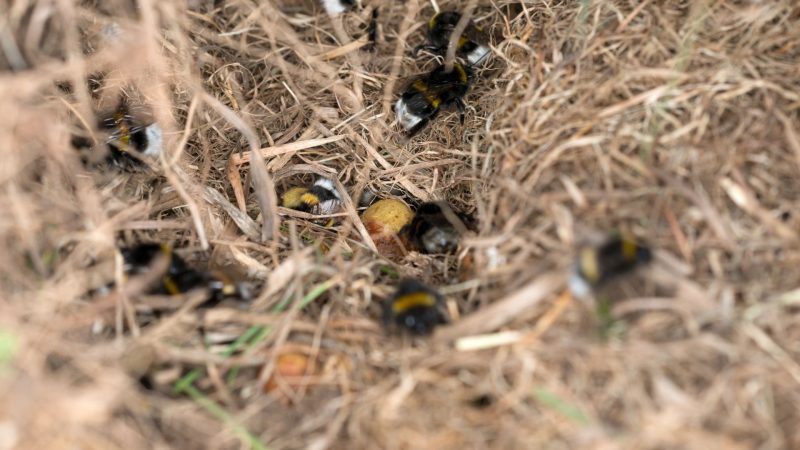
Bees that live in the ground are known as miner or ground-nesting bees. They are a solitary insect that builds underground homes. The queens live alone, and female bees raise the young bugs.
These bees don’t form hives, but they live in the soil as their name suggests. The entrance holes leading into the nests are small and are usually surrounded by a hill of dirt.
What Are Ground Bees (Digger Bees)?
Ground bees, also known as digger bees, are abundant in North America. They don’t create communal hives, but instead, each female has her own nest where she lays eggs and raises her babies. The females burrow into the earth to build their nests facing south, which appear as bare patches on your lawn.
What Do Ground Bees Look Like?
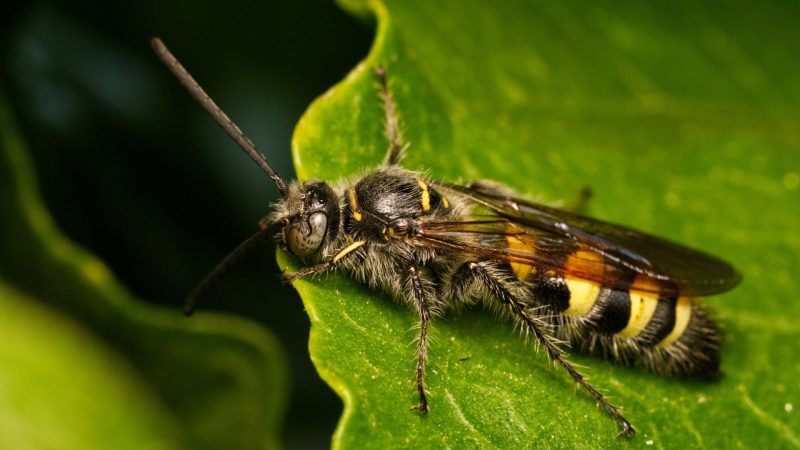
Ground bees look very similar to the more commonly known honeybees and often get mistaken for such. They are small, yellow, and have a layer of fuzz on them; however, there are very subtle differences in their sizes, antenna, etc., that create distinction among the species.
Types of Ground Bees or Digger Bees
There are numerous types of ground-nesting bees. In fact, about 70% of more than 20,000 identified bee species build their nests on, in, or under the ground. Here are some of them:
- Bumblebees
- Sweat bees
- Leaf-cutting bees
- Mason bees
- Mining bees
- Digger bees
- Alkali bees
- Stingless bees
- Sunflower bees
Are Ground Bees and Yellow Jackets the Same?

No, they are not. For one, yellow jackets are a type of wasp, not bees. Although both are ground-dwelling insects, they have a lot of differences. Refer to the table below to learn more about them:
| Characteristics | Ground Bee | Yellow Jacket |
| Appearance | Medium-sized bees that vary in color with some being darker and others being characterized with bright stripes or having a metallic green color | Medium-sized wasps that are black in color with bright yellow or white bands. They have a short and narrow waist. |
| Season | Active in mid to late spring | Active in late summer to fall |
| Nesting Site | Nests are holes that are ¼ inch in diameter, usually found in areas with thin grass, exposed soil, and good drainage | Nests are abandoned underground rodent or other mammal burrows |
| Aggressive Behavior | They will often ignore you unless they feel threatened | They are much more aggressive and won’t hesitate to protect their nest if you come too close |
Related: Yellow Jacket Control: How To Get Rid of Yellow Jackets?
Are Ground Bees Aggressive?
No, nor are they dangerous. In fact, ground bees are one of the many species that will pollinate flowers, so they’re actually considered friendly. They’re only ‘aggressive’ when defending their nest.
Do Ground Bees Sting?
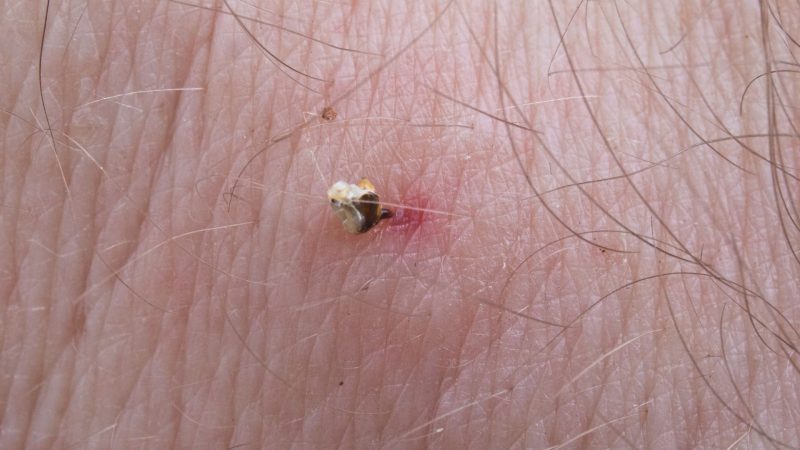
Not all ground bees sting—only female digger bees will, and they’ll only do so to defend their nest if they feel threatened. Otherwise, these are friendly bees that are quite beneficial to have near the garden. As long as you aren’t digging up their home, they’ll leave you alone.
What to Put On a Ground Bee Sting?
Calamine lotion or hydrocortisone cream is good to put on a ground bee sting. You can try to use the Cortizone 10 Maximum Strength Ointment . This and similar products can help reduce pain and make it less itchy. To apply this:
- Step 1: Wash the area with soap and warm water. This removes any remaining toxins and lowers the chance of infection.
- Step 2: Apply an ice pack for 15 to 20 minutes to reduce swelling.
- Step 3: Apply the ointment and cover with a bandage.
It’s important to note that ground bee stings may cause an allergic reaction, same as other bee stings. If you’re allergic to bee stings, make sure you know what to do right away.
- CONTAINS: One (1) 2-oz. tube of Cortizone 10 Maximum Strength...
- FAST RELIEF: Cortizone 10 Anti-Itch Ointment relieves itching...
- STOP THE ITCHSANITY: Cortizone 10 Ointment contains maximum...
- RELIEVES ITCH: Maximum Strength Cortizone 10 helps relieve itch...
- WATER-RESISTANT FORMULA: This anti-itch ointment locks in...
Are Ground Bees Protected?
No, they are not protected nor classified as endangered. However, while this means that chemicals like ground bee spray or insecticide dust for ground bees are lawful options, they aren’t always the best for the environment, including other potentially protected bee species.
How to Get Rid of Ground Nesting Bees? | Digger Bees Treatment
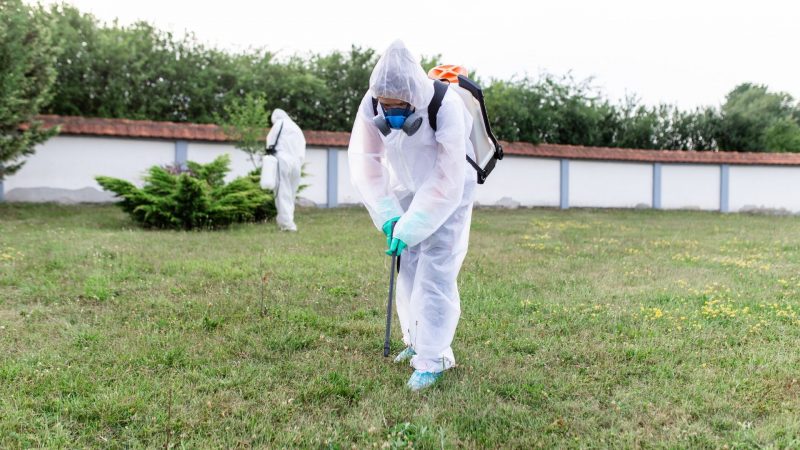
You have a few options for getting rid of ground-nesting bees. One of the best ways to kill ground bees is by using chemicals or hiring an exterminator and do so, in case you’re allergic to bee stings. However, you may not need to kill them to remove them as they will vacate the premises immediately.
Repelling methods for ground bees are best executed at night while the bees are sleeping. Ground bees are docile, but they’ll sting if they feel you’re threatening their nest.
Keep in mind that ground bees are essential to the environment and safe to have in your garden unless you have a serious infestation. They pollinate flowers and perform other essential functions for plants to thrive. So you could consider leaving the bees alone if they aren’t too invasive.
How to Get Rid of Ground Bees Without Chemicals? | Natural Methods
There are several natural repelling methods you can use to get rid of ground bees that are healthy for the environment:
Cover Nesting Holes
Blocking the bees from returning to their nest works twofold. For one, it prevents them from laying more eggs on your property. This also forces the bees to abandon the nest and find somewhere else to live once they discover they can’t get back in.
When covering a nesting hole, many people use bricks since they’re sturdy and can cover the entire opening. Bricks also won’t wash away with rain or wind. If you don’t have loose bricks available, any similarly heavy and sturdy object will do.
Sprinkle Cinnamon
Sprinkle cinnamon around the entrance to their nest. Ground bees hate the smell of cinnamon, and placing it around their nest will effectively drive them away. This method requires daily sprinkling for about a week or two before you start to see the bees move out.
Vinegar Spray
Simply fill a spray bottle with equal parts vinegar and water, and spray the mixture around the nest entrance daily. Eventually, as with cinnamon, the bees will become annoyed by the scent and vacate the nest.
Related: Powerful Homemade Wasp and Bee Sprays (with Recipes)
How to Prevent Ground Bees From Nesting in Your Yard?
To prevent ground bees from nesting in your yard, you’ll need to keep the area moist. Bees that live in the ground burrow are into dry soil, and by keeping the ground wet, they’ll move somewhere else. Many people choose to use a sprinkler for this job.
Also, take the time to walk around your yard and check for signs of these bees moving in. It’s much easier to remove ground bees when they are just starting to appear than dealing with an infestation.
But even if you do happen to find their homes on your property, there’s no need to panic. These bees are not aggressive, and you shouldn’t have to worry much about them stinging you unless you’re provoking them.
Digger Bees Facts
Ground nesting bees are exciting insects, with plenty of strange and interesting facts. For instance, ground bees line their nests with wax; it keeps the tunnels dry and protects their eggs.
Digger bees also display many different foraging behaviors. They seek out flowers for nectar but live as a solitary species. During mating season, males will fight each other; the winner digs a hole next to the female’s nest and waits for her to come out.
Do Honey Bees Nest in the Ground?
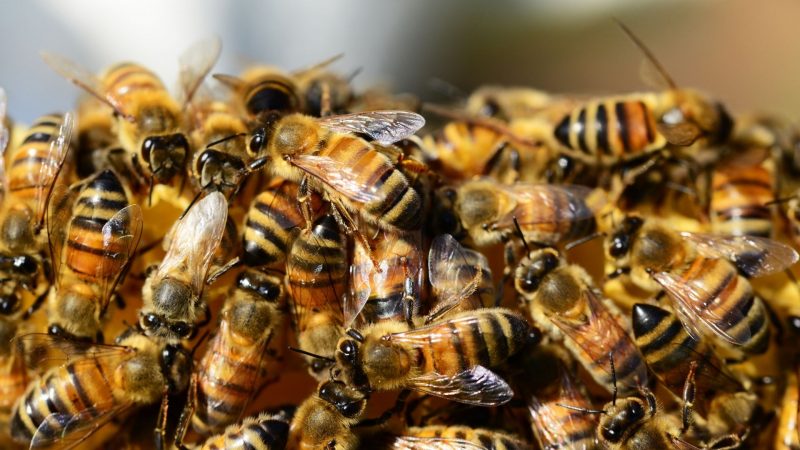
Honey bees do not usually nest in the ground. This puts them in the minority, as about 70% of bee species nest and live in the ground. Female honey bees build their nests in various places and often near each other. In heavily populated areas, it’s not uncommon for thousands of honey bees to bundle their nests.
Do Bumble Bees Live In the Ground?
Many bumblebee species live in the ground. They tend to nest in abandoned holes created by larger animals, such as rodents. Some move into logs or even birdhouses. Overall, many different types of bumblebees burrow into the ground.
Related: Bumblebee Control: How To Get Rid of Bumblebee, Bumblebee Nests, and Stings?
Do Ground Bees Make Honey?

No, they don’t. The honeybee is the only species of bee that makes honey. However, ground bees do pollinate flowers, perhaps accounting for why some might wonder if they then make honey, too. Nonetheless, they’re good for your garden to have around.
List of Sources
Billeisen, T., Brandenburg, R., & Baker, J. (n.d.). Ground-Nesting Bees in Turf.
Cornell University. (n.d.). Ground Nesting Bees in Your Backyard!
Erler, E. (2019). Should I Be Concerned About Ground Nesting Bees in My Yard?
Mussen, E. C., & Rust, M. K. (2012). Yellowjackets and Other Social Wasps.
National Center for Biotechnology Information. (2020). Insect Venom Allergies: Short-Term and Long-Term Treatment.
Pugliese, P. (2019). Extension News: Most Ground-Nesting Bees and Wasps Are Good Bugs.
- Bed Bug Surge 2025: How to Detect, Prevent, and Safely Eliminate Infestations in Top U.S. Cities - June 18, 2025
- Asian Needle Ants Invade US Homes: 2025 Guide to Identification, Risks, and Effective Control - June 11, 2025
- New World Screwworm Alert: How US Livestock Owners Can Prevent Outbreaks and Protect Herds [Summer 2025 Update] - June 8, 2025

